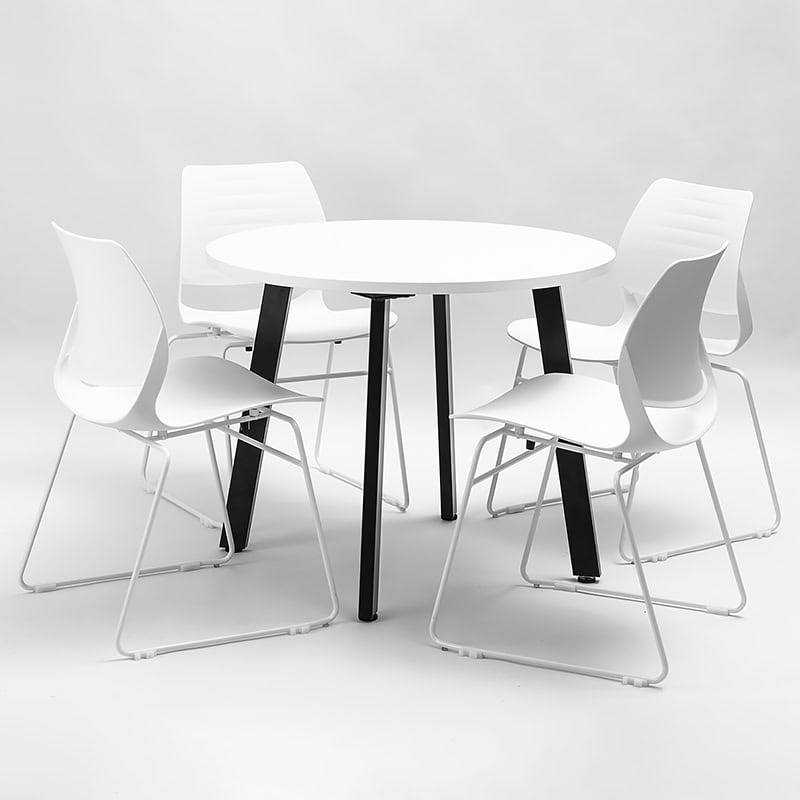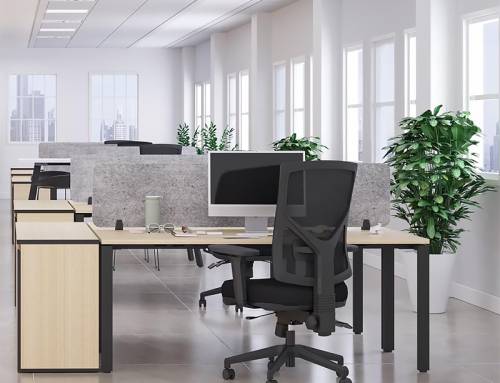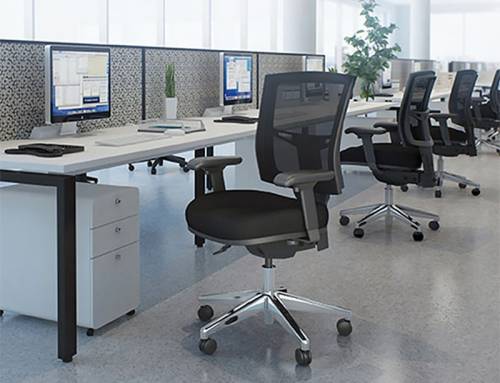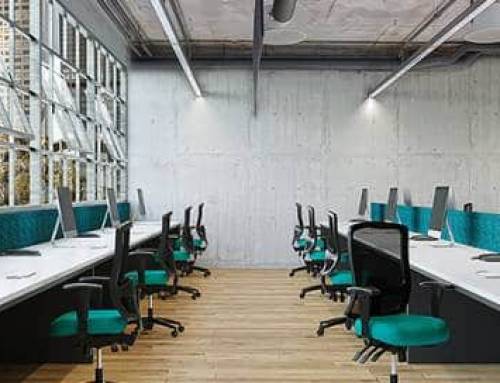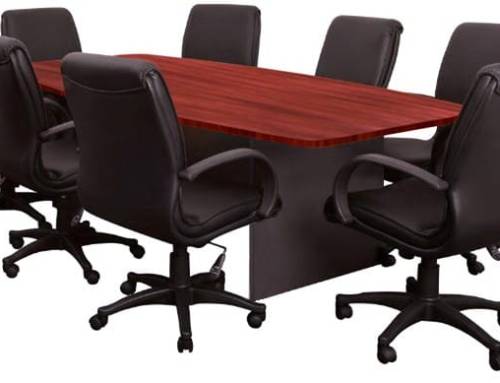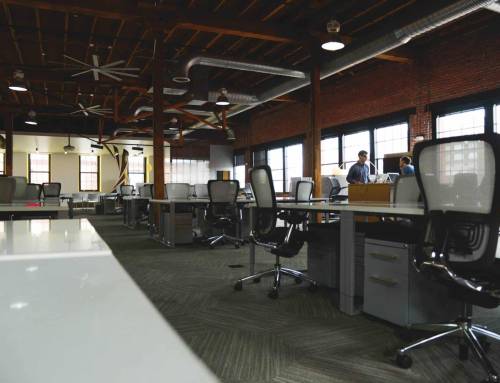The modern-day work environment is dynamic and inclusive, and diversity is part of its charm. Among all its considerations, physical comfort is vital as it directly impacts productivity and satisfaction levels. One aspect that often flies under the radar in this context is the ergonomic needs of short people.
Let’s dive into the world of office design and explore the importance of incorporating chairs for short people.
Why Does It Matter?
You might wonder why the chair size matters. The reason is simple yet significant — people are different heights. While this might seem obvious, it’s often overlooked when selecting office furniture. The ‘one size fits all’ approach can inadvertently lead to discomfort and health issues for shorter employees.
Short people often struggle with standard-sized office chairs. They might find their legs hanging because their feet can’t reach the ground or awkwardly perched on the edges of too-deep seats. Misaligned armrests and desk heights can cause shoulder and neck strain. Over time, this can cause serious physical discomfort, decreasing productivity and morale.
One Solution: The Importance of Chair Adjustments
The right office chairs can completely transform the working experience for shorter people. With their multiple adjustable features, these chairs can provide appropriate support aligning with their body dimensions. Features like adjustable seat height and depth, armrest height, and lumbar support can help to create a comfortable workspace for everyone.
Creating An Inclusive Workspace
Incorporating office chair for short people isn’t just about buying different furniture. It’s about creating an inclusive environment that fosters comfort and productivity for all employees.
Here are some steps you can take to ensure this.
Choose Adjustable Chairs
Remember, not all chairs are equal. Chairs with adjustable seat height, seat depth, and arm height are key to accommodating employees of different builds. Hybrid designs can work great for both tall and short individuals. The chair should bring the user’s feet flat on the floor, with knees at a 90-degree angle and armrests at a comfortable position (these are signs of an ergonomically friendly chair).
Match Chairs with Adjustable Desks
Apart from chairs, the desk height can also be problematic. Pair your chair with adjustable desks that can match the chair’s height for maximal comfort and productivity. If required, you can consider adding footrests for additional support.
Provide Ergonomic Training
Train your employees about the importance of correct posture and how to adjust their chairs and workstations accordingly. The most ergonomic design fails if users don’t know how to utilize it best.
Encourage Feedback
Want to know if your workspace design is really working? Ask your employees. Encourage them to voice their opinions regarding comfort at the workplace. After all, the people who use these spaces daily are the best listeners to tell what’s working and what’s not.
Ultimately, providing chairs suitable for short people — alongside your taller team members — shows your commitment to your employees’ well-being. This not only minimizes work-related discomfort and stress but boosts morale and productivity. Though there might be an upfront cost, consider it an investment in your team’s health and overall output.
Redesigning the workspace to include short people or anyone with unique needs creates a happier and more inclusive work environment. After all, comfort should not be a privilege but a right for everyone. Remember, the right investment in your workplace design pays back in the form of a more engaged and productive team. So, let’s strive to build a workspace that works for everyone.

